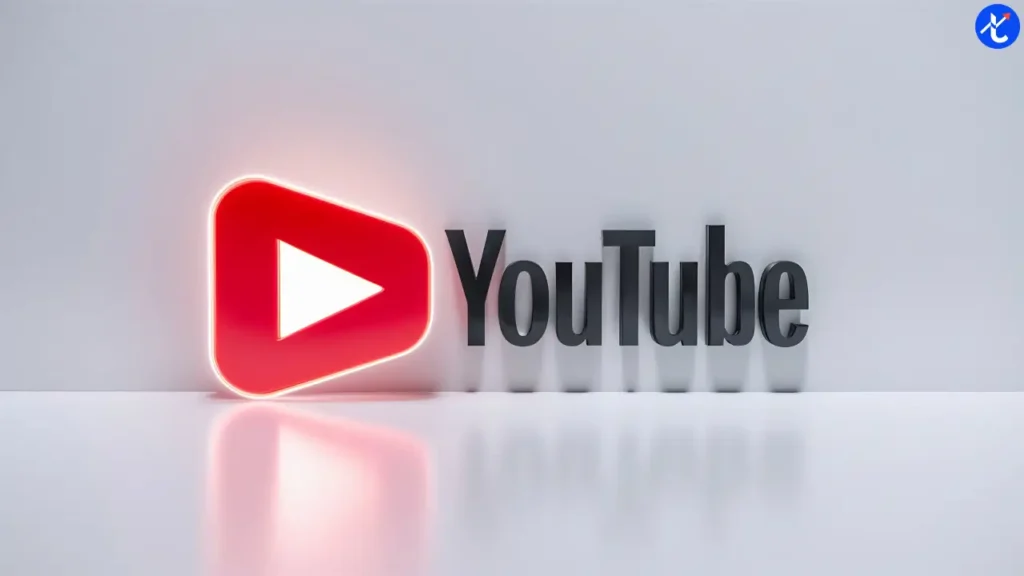YouTube has become the go-to platform for creators who want to connect with audiences across the world. But one challenge has always remained—language barriers. Until recently, creators often had to build multiple channels for different languages or upload separate dubbed versions of the same video. With YouTube alternative language audio and its multi-language audio option, this problem is being addressed. Now, one video can reach multiple audience groups, making it easier for creators to grow beyond their home markets.
Background: Launched in 2023
The feature was originally launched in 2023 for a limited group of creators. Since then, it has proven successful in helping videos gain traction in new countries. By supporting multiple audio tracks in one upload, YouTube ensures that the same content resonates with viewers worldwide, without the confusion of having several versions of the same video cluttering a channel. This update also complements wider digital strategies—many brands that invest in social media marketing packages India can now use multi-language audio as an additional tool to expand reach, connect with regional audiences, and boost their overall engagement on YouTube.
Difference from Auto-Dubbing
It’s worth highlighting how this differs from YouTube’s auto-dubbing feature. Auto-dubbing uses AI to automatically generate and upload voice translations in multiple languages. While useful, it may not always capture tone, humor, or cultural nuances.
Multi-language audio, on the other hand, gives creators more creative freedom and quality control. They can record translations themselves, hire professional voice-over artists for accuracy, or experiment with AI voices where speed is more important than perfection. This ensures a more personalized and professional feel.
With this option, creators can:
- Translate only their top-performing videos to test new markets.
- Provide regional versions of content (e.g., Spanish for Latin America vs. Spanish for Spain).
- Adjust tone, slang, or cultural references depending on the target audience.
- Strengthen audience trust by ensuring translations feel authentic rather than robotic.
This feature essentially allows creators to act like global media companies, tailoring their output for different cultures without needing multiple uploads.
Also Read:- Reddit Adds Publisher Tools to Boost Content Sharing
Benefits of Multi-Language Audio
The numbers speak for themselves. YouTube reports that:
- Creators using multi-language audio saw a 25% increase in watch time from non-primary languages.
- Viewers are more likely to watch videos when they’re available in their native language, even if they understand English.
- Subscriptions and audience engagement rise when viewers feel included through localized content.
Think of a tech reviewer in the U.S. who explains products in English. By adding a Hindi, Spanish, or French audio track, the same content can become accessible to millions more, boosting not only views but also brand partnerships and ad revenue.
No Algorithm Penalties
Creators often worry about whether translated content might confuse YouTube’s recommendation system. The good news is: YouTube treats new language audio tracks as part of the same video, not as duplicate uploads.
This means:
- Your content performance won’t be diluted.
- Views from all languages contribute to the same video metrics.
- Engagement is centralized, making it easier to track success.
For creators, this ensures they can expand globally without sacrificing algorithmic visibility.
Workload Considerations
Of course, adding translations requires extra effort. For small creators, the cost of hiring professional voice-over talent may feel overwhelming. But AI tools are making this process cheaper and faster. Some creators even collaborate with fans who voluntarily provide dubbed versions in their language, creating stronger community bonds.
Over time, as demand grows, more services will likely emerge to make translations seamless, much like closed captions are today.
Multi-Language Thumbnails Pilot
Alongside audio, YouTube is also piloting multi-language thumbnails. A thumbnail in the viewer’s native language could dramatically increase click-through rates (CTR). For example:
- A beauty tutorial titled in English might perform even better if the thumbnail text is shown in Spanish to Spanish viewers.
- Gaming content could instantly feel more localized with Japanese or Korean text on the thumbnail.
These small changes can significantly impact how content is discovered worldwide.
This move also signals YouTube’s bigger ambition—to strengthen its dominance in the global creator economy. TikTok and Instagram Reels have been growing fast, but YouTube’s global scale, monetization system, and now language accessibility give it a competitive edge. By helping creators appeal to global audiences, YouTube also secures more ad revenue and positions itself as the most inclusive video-sharing platform.
Conclusion: YouTube Alternative Language Audio
YouTube’s expansion of multi-language audio marks a major step toward inclusivity and growth. Creators now have the power to:
- Translate content into multiple languages.
- Reach global audiences without multiple uploads.
- Increase revenue streams through higher engagement.
- Build stronger communities across cultures.
With additional features like multi-language thumbnails in testing, YouTube is showing its commitment to breaking down language barriers in digital content. For creators, this is not just an optional tool—it could be the key to turning a local channel into a global brand.





